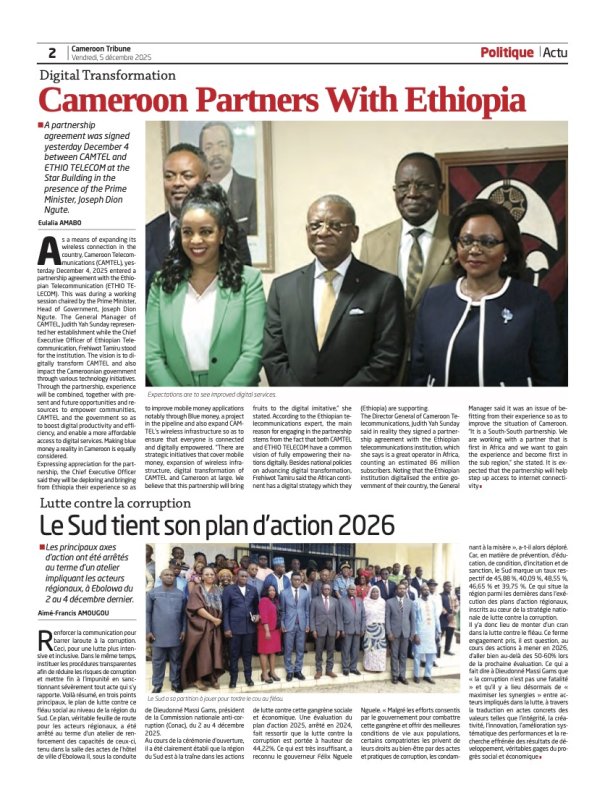Salient Constitutional Changes
- Par Eldickson Agbortogo
- 03 Aug 2022 11:15
- 0 Likes
After the 25 July referendum, most Tunisians are of the opinion that President Saied has not only re-enforced his powers, but also paved the way for a new vision.
When President Kais Saied on June 30 published the draft of a new constitution that was put to a referendum on July 25, 2022, many analysts were quick to say the new constitution envisions an authoritarian, hyper-Presidential system with few checks on Saied’s power. Several days after the referendum that endorsed the new constitution (to go operational on August 30, 2022), the debate on whether the entire process of drafting a new constitution has been illegitimate rages on. A close examination of some salient articles of the constitution reveals that, there has been a constitutional “tsunami”.
Instead of a two-headed executive where the President had to share power with a prime Minister chosen by parliament, the President will now be the ultimate authority, choose the prime Minister, present laws to parliament, and appoint judges. The new constitution maintains the two-term limit on the presidency (art. 90), but removes the provision in the 2014 constitution stating that the constitution may not be amended to increase the number of terms (art. 75).
The new constitution removes almost all legislative and judicial checks on the President. Parliament can no longer impeach the President, with the new constitution dropping article 88 of the 2014 constitution. The legislature can still force the prime Minister to resign (article 115), though only after a two-thirds vote (used to require a simple majority) and only once in its term, if parliament tries a second time, the President can dissolve parliament (article 116).
The President’s state of emergency clause has been changed with the parliament and constitutional court no longer having the power to end the President’s assu...
Cet article complet est réservé aux abonnés
Déjà abonné ? Identifiez-vous >
Accédez en illimité à Cameroon Tribune Digital à partir de 26250 FCFA
Je M'abonne1 minute suffit pour vous abonner à Cameroon Tribune Digital !
- Votre numéro spécial cameroon-tribune en version numérique
- Des encarts
- Des appels d'offres exclusives
- D'avant-première (accès 24h avant la publication)
- Des éditions consultables sur tous supports (smartphone, tablettes, PC)














Commentaires